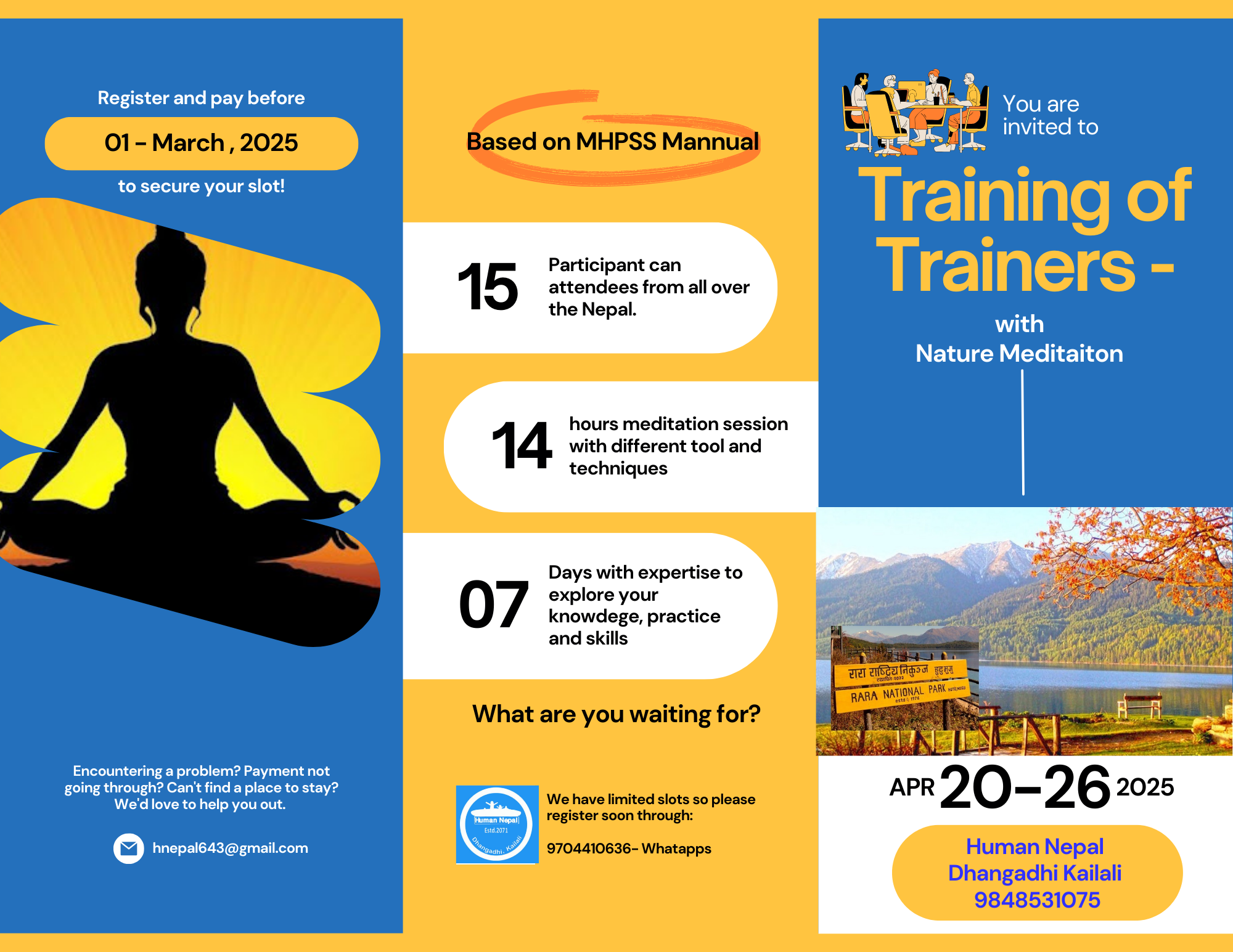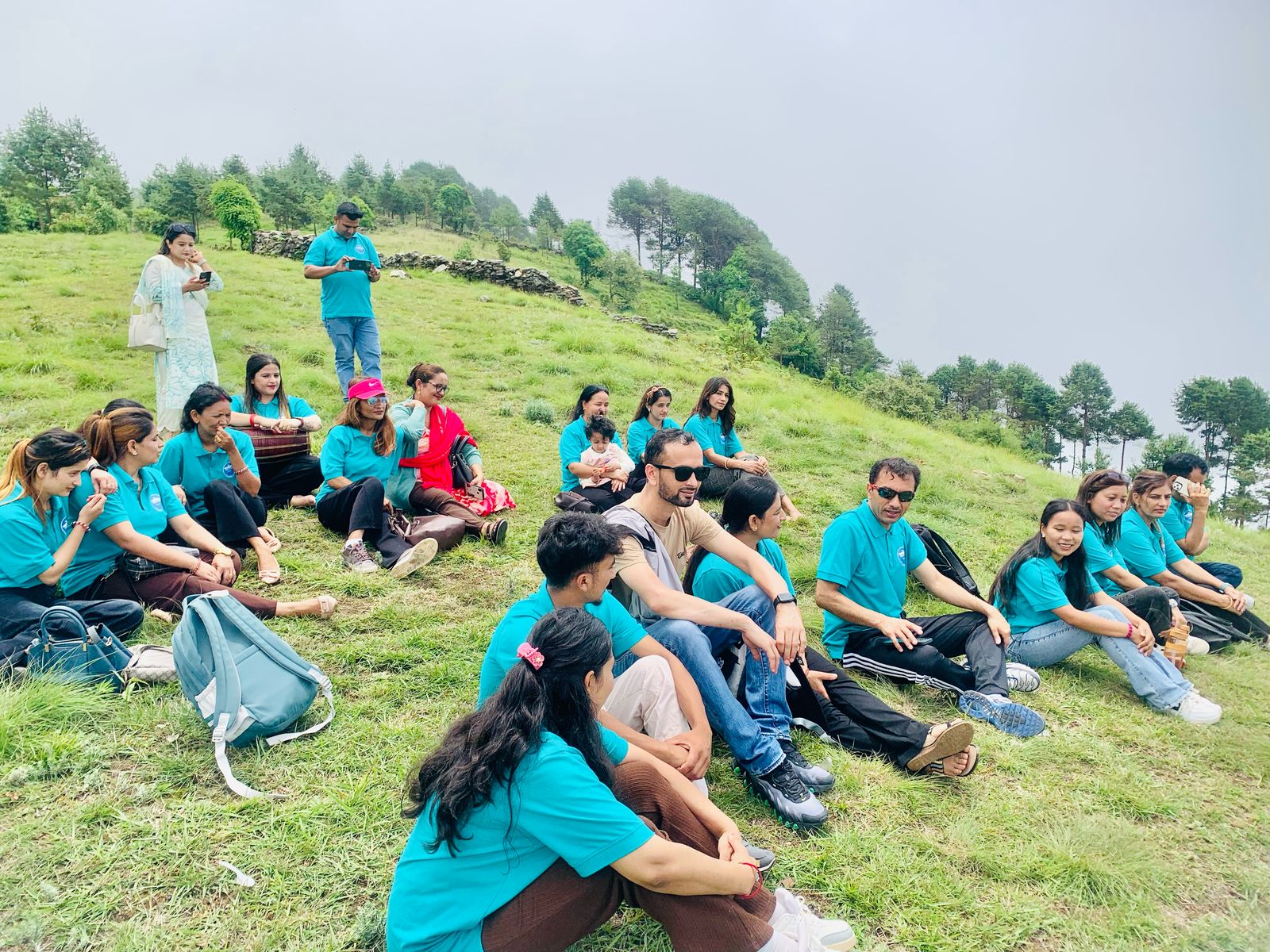Mental and Psychosocial Health Camp
A one-day Mental and Psychosocial Health Camp was organized at Baglung Tityang Ward No. 8 and 9 schools with the active participation of students, parents, teachers, and community members. The camp was designed to address the growing psychosocial needs in rural Nepal, where children, adolescents, and families face challenges such as academic pressure, migration, economic stress, and lack of access to proper mental health services. The program aimed to increase awareness, provide basic counseling and psychosocial support, and create referral linkages for individuals requiring specialized care.
More than 120 students from grades 6 to 10, over 90 parents, and around 15 teachers attended the sessions. In addition, about 40 community members and local leaders joined the event, reflecting a strong community interest in mental wellbeing. Separate interactive sessions were conducted for students, parents, and teachers. The students participated in awareness activities, group counseling, art-based exercises, stress management games, and breathing techniques designed to enhance their coping skills. Parents took part in discussions on effective parenting, stress management at the household level, and the importance of communication in supporting children’s psychosocial development. Teachers were engaged in orientation on how to identify early signs of emotional or behavioral difficulties among students and how to provide basic psychosocial support in the school setting.
Individual counseling and mental health screening were also carried out for students and parents who needed personal support. A number of cases involving anxiety, grief, academic stress, and family-related issues were identified. These cases were given immediate psychosocial support, while those requiring further intervention were referred to local health posts and district-level facilities. Alongside counseling, basic health checkups were provided for students with stress-related physical complaints, thereby integrating both mental and physical health components.
The camp generated several important outcomes. Awareness regarding the importance of mental health increased significantly, with participants openly discussing issues that were often considered sensitive or stigmatized. Children and parents learned coping strategies that can be practiced in daily life, and teachers gained knowledge to identify and respond to students in psychological distress. The collaborative environment fostered stronger ties between schools, families, and the community, building a shared responsibility for children’s wellbeing.
Despite its success, the camp faced some challenges. The demand for individual counseling was higher than what the available counselors could handle within the limited time. Moreover, the need for follow-up support highlighted the importance of continuity in psychosocial programs. For future improvement, it was recommended that similar camps be organized regularly, that teachers receive more capacity-building training in psychosocial counseling, and that referral mechanisms with hospitals and specialized services be further strengthened. Establishing school-based counseling corners and engaging parents in continuous awareness activities were also suggested as long-term strategies.
In conclusion, the Mental and Psychosocial Health Camp in Baglung Tityang Ward No. 8 and 9 schools proved to be an effective and timely initiative. The active involvement of students, parents, teachers, and community members demonstrated the importance of mental health interventions in rural areas. With consistent efforts, such programs can play a vital role in fostering resilience, reducing stigma, and creating healthier and emotionally balanced communities in Nepal.
Related Blogs
Your go-to source for mental health insights, tools, and advice.






